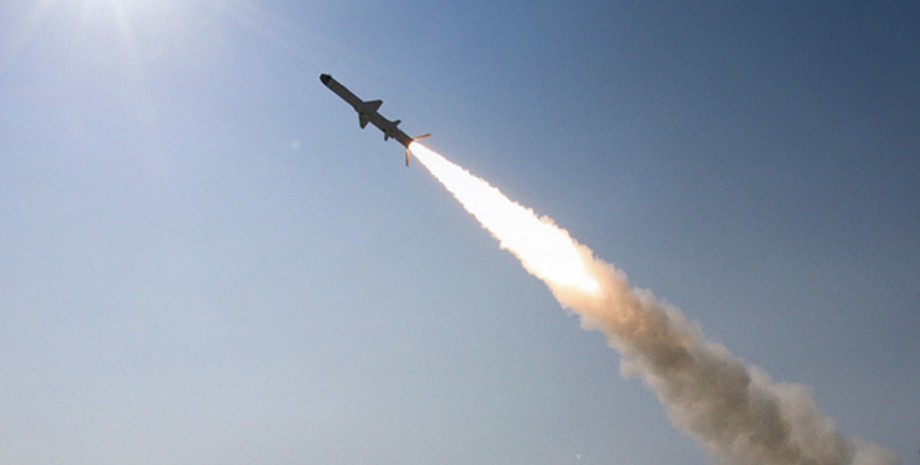
According to her, the armed forces of the Russian Federation do not yet cause mass shelling because they can prepare for attacks on critical infrastructure of Ukraine. "It is likely that the enemy will save rockets for some time, in order to prepare for other measures and actions of more powerful and massive, which may be associated with the autumn and winter period," Natalia Humeniuk said. She noted that the enemy has a large stock of percussion drones.
In addition, the Russian military can unexpectedly choose targets for attacks without attaching to port or other infrastructure. The Shahd drones of the Drone -type deflected drones say that the Russian Federation produces its own drones and receives new deliveries from Iran. We will remind, on September 4 DTEK Director Dniprovsky Electrical Nettle Andriy Tereshchuk stated that in the winter in the Dnipropetrovsk region will turn off the light.
According to him, the infrastructure is partially damaged, and the volumes of electricity they produce are not enough. He urged citizens to reduce the load on the networks in peak hours and start consuming electricity. On September 6, a representative of the Main Directorate of Intelligence of the Ministry of Defense of Ukraine (GUR MOU) Andriy Yusov stated that Russia can fire the objects of energy infrastructure during the heating season.


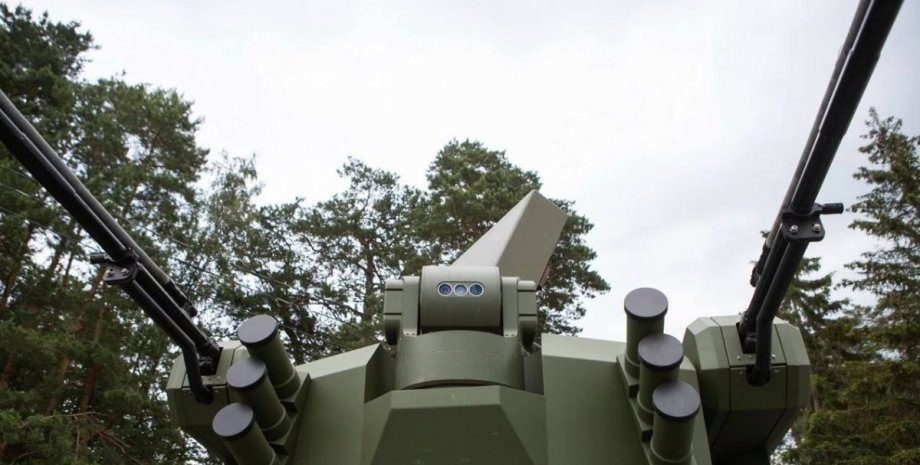
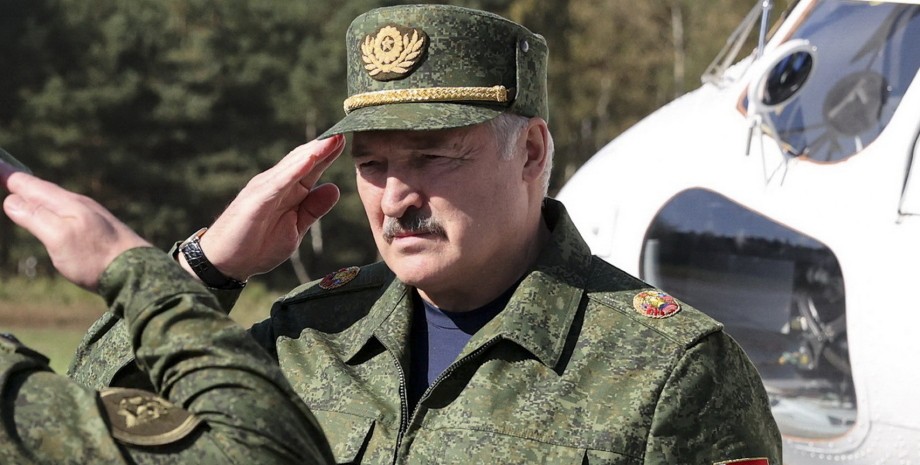
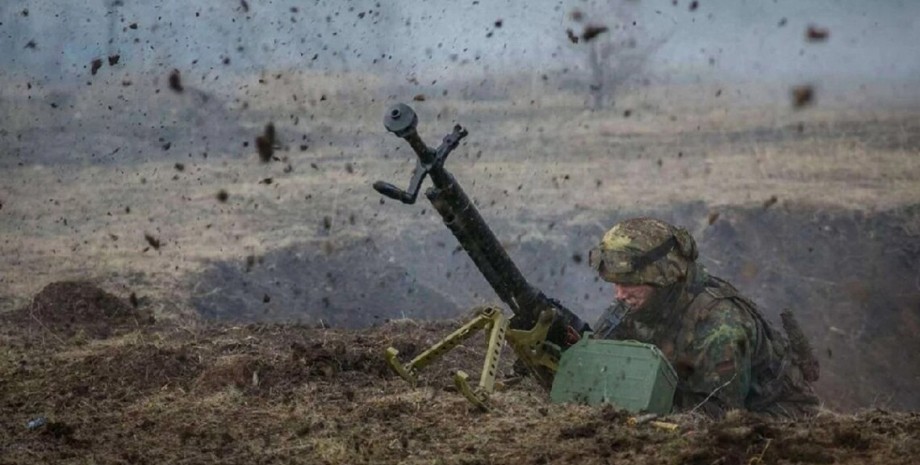

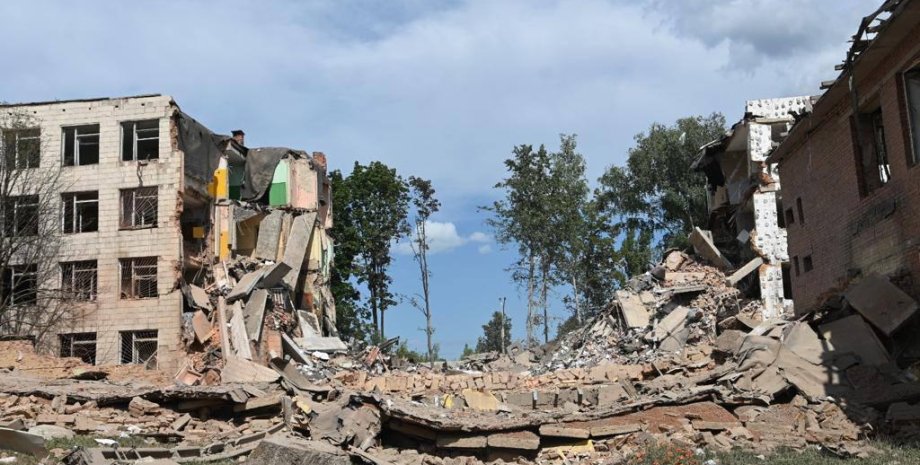
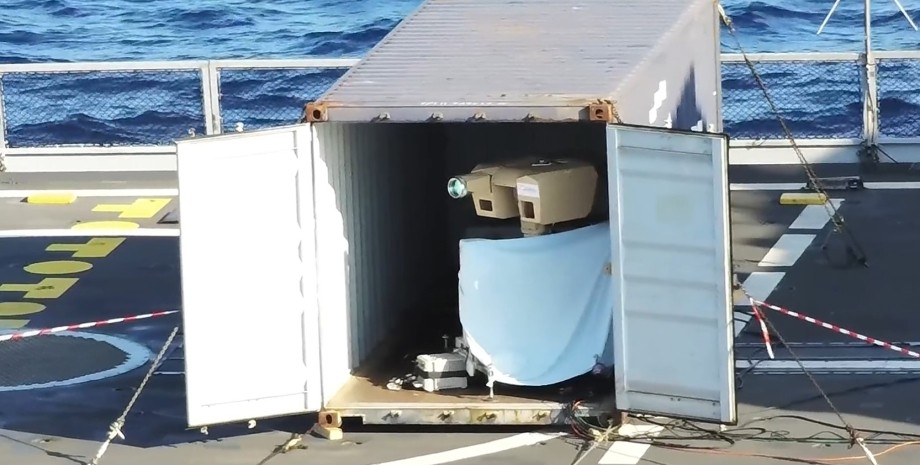

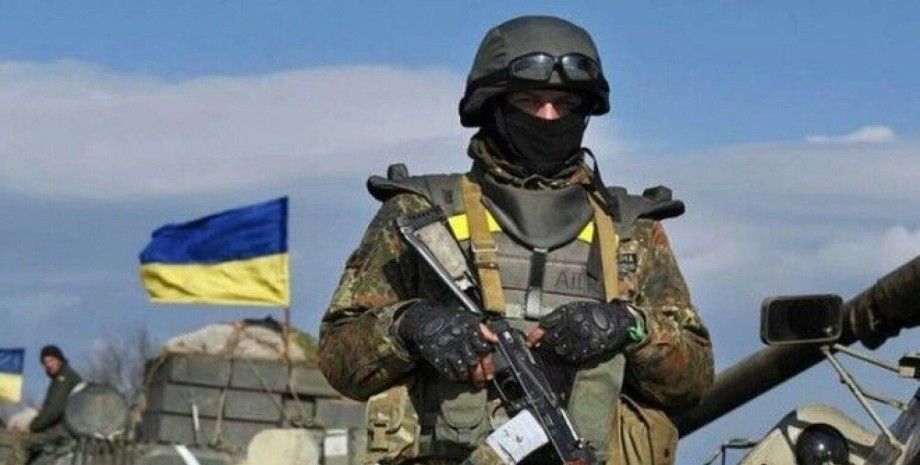
All rights reserved IN-Ukraine.info - 2022